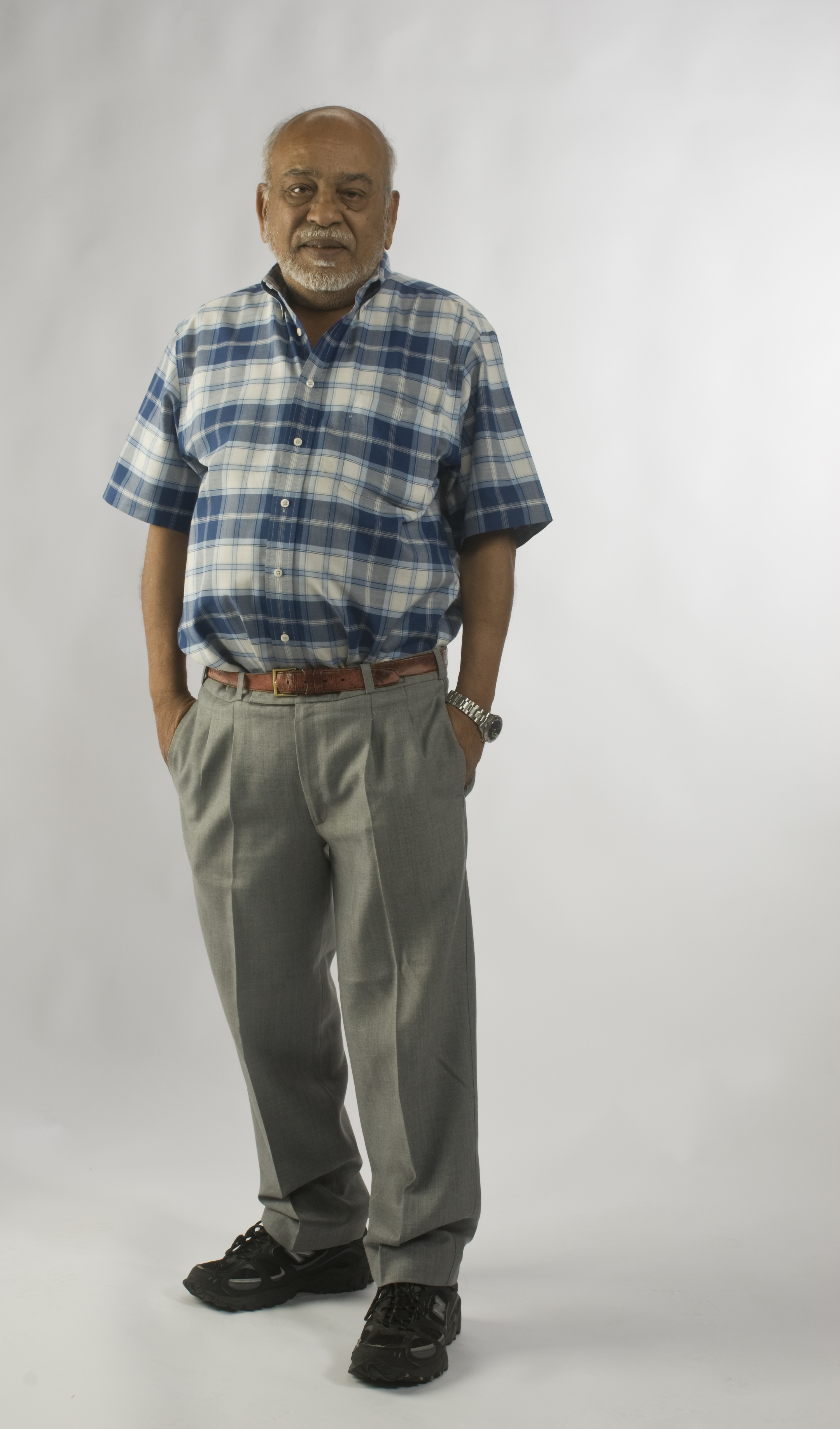In memoriam: Ramaswamy (Raju) Raghavan, professor of physics in the College of Science

Ramaswamy (Raju) Raghavan, professor of physics in the College of Science died Oct. 20, 2011. He was the beloved husband, brother, uncle, teacher, and colleague of many from all around the world.
Raghavan started his research career in nuclear physics as a graduate student at the Tata Institute of Fundamental Research in Mumbai, India, and continued his studies at Purdue University, obtaining his Ph.D. in 1964 with post‐parity beta decay experiments under Rolf Steffen. He then spent several years at the Technical University Munich in the institutes of Paul Kienle and Rudolf Moessbauer.
Raghavan returned to the U.S. in 1972 and spent the next 32 years at Bell Laboratories, where he became a Distinguished Member in 1989. He had a unique career there as one of the few who pursued nuclear and neutrino interests far from the main Bell Labs interests in solid state physics. He was elected a Fellow of the American Physical Society in 1984. When the basic research programs in Bell Labs were terminated in 2004, he came to Virginia Tech where he was professor of physics and director of the university's Institute for Particle, Nuclear and Astronomical Sciences.
Raghavan’s main interest at Bell Labs began with studies of hyperfine interactions of nuclei with radioactivity as well as pulsed nuclear beams from the Rutgers‐Bell tandem accelerator (as an associate of the Rutgers Graduate Faculty), discovering numerous isomeric nuclei and applying them for solid state physics as well as measurements of nuclear moments.
However he soon turned his attention to low-energy neutrino science, which became and continued to be, his lifelong passion He developed several “ultra” technologies for frontier astroparticle physics experiments. He founded the Borexino Experiment in the Gran Sasso Laboratory in Italy in 1988, which successfully measured the 7Be solar neutrinos (with five percent precision) as well detecting geophysical neutrinos from the earth’s crust.
Raghavan invented a unique direct counting technique for the spectroscopy of the fundamental proton‐proton solar neutrinos, which is being developed as the LENS experiment at Virginia Tech. He has served in the committees of most of the international conferences of hyperfine physics as well as low-energy neutrino science.
“Dr. Raghavan is no doubt one of the distinguished scientists and leaders in the world neutrino physics community ” said Atsuto Suzuki, director general The High Energy Accelerator Research Organization in Japan (KEK).
“Raju was one of the most creative physicists I ever met, said Allesandro Bettini, director of the Canfranc Laboratory in Spain. “His ideas were out of the mainstream. His thinking was unconventional, something that is unfortunately becoming rarer and rarer.”
Art McDonald, director of the Sudbury Neutrino Observatory in Canada, noted, “Raju Raghavan was internationally recognized as a leader in the field of neutrino physics and an innovator whose ideas and development work resulted in many contributions to the field.”
“Raju was truly passionate about physics, and especially neutrino physics,” said Beate Schmittmann, professor of physics and head of the physics department. “He generated an immense range of creative and innovative ideas, many of which were far ahead of the times.”
His wisdom and passion for life and science inspired many young people, both at Virginia Tech as well as India, his spiritual home, where he was most recently advising senior Indian government and laboratory officials on their new INO project. In addition, he was exploring possibilities for collaborating on the LENS project – an experiment he dedicated the last several years to advance – with real success at Virginia Tech with the ongoing mini-LENS program.
Those in the university community who may wish assistance or desire counseling support may contact:
- Cook Counseling Center at 540-231-6557
- Dean of Students Office at 540-231-3787
- Office of Housing and Residence Life at 540-231-6205
- Hokie Wellness at 540-231-2233 (students) or 540-231-8878 (employees)
- Employee Assistance Program
- Anthem at 1-855-223-9277
- Aetna at 1-888-238-6232
- Kaiser Permanente at 1-866-517-7042
- Referrals to a campus cleric may be done through the Dean of Students Office at 540-231-3787.




